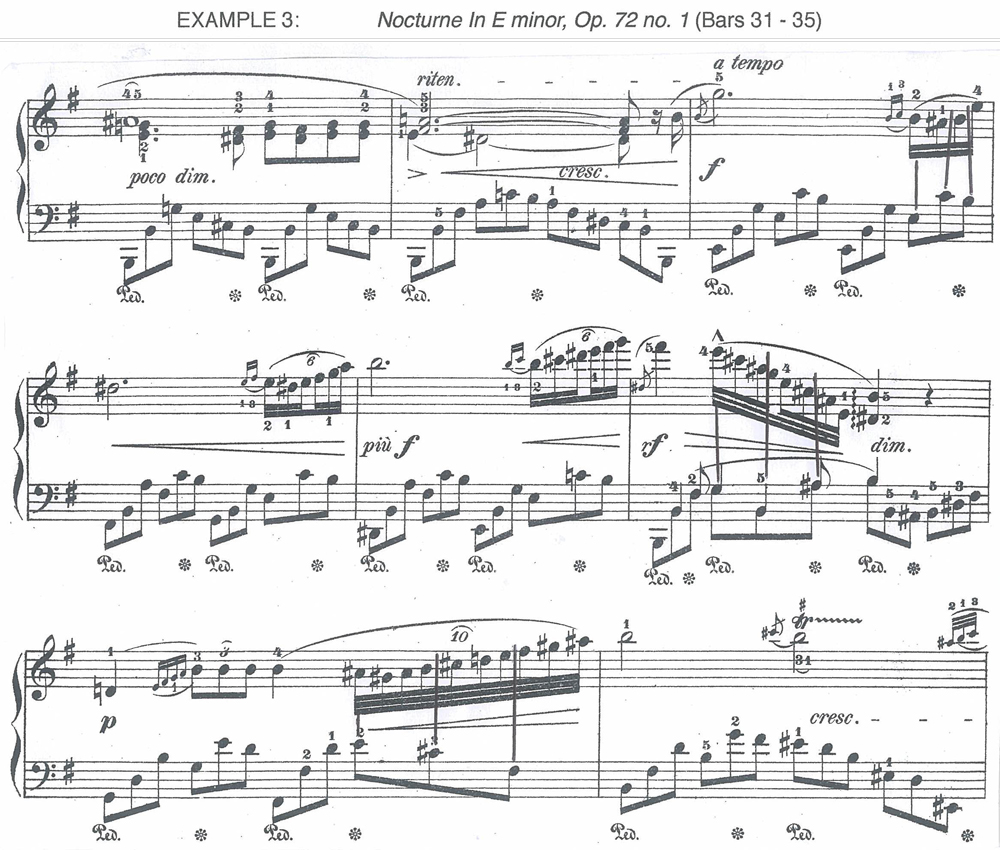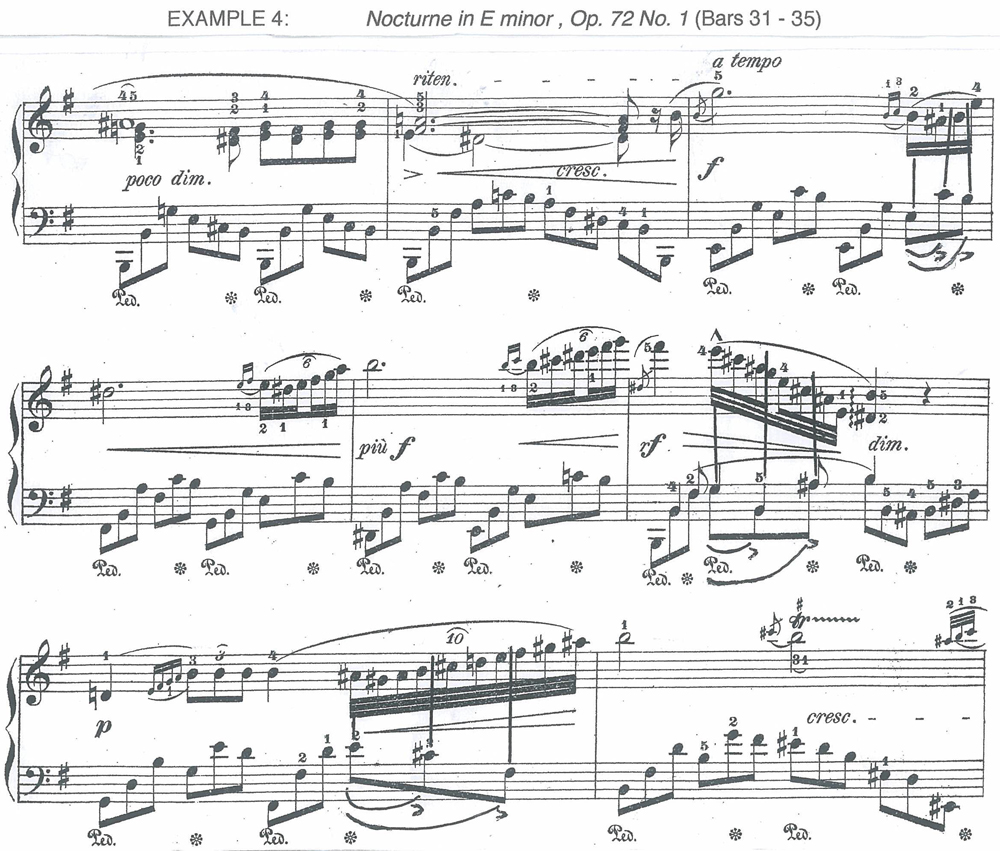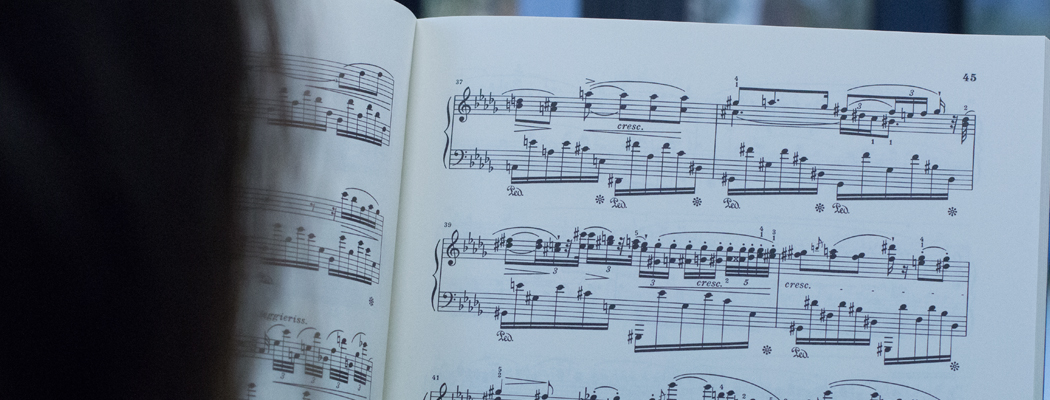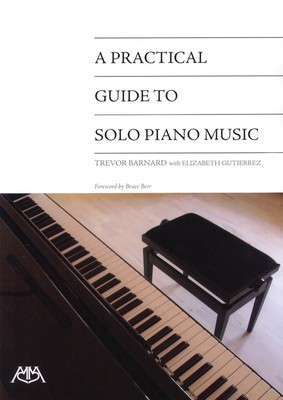One of the most frequent problems I have encountered with students in my teaching and examining is their approach to cross rhythms. Yet, a lack of confidence, even fear, can easily be overcome by informed analysis, and practical application
I therefore encourage students to accompany me through the following stages. My examples come exclusively from the Nocturnes by Chopin. These include a wide range of cross rhythms, and provide a benchmark for other composers.
My Views on Cross Rhythms
Before proceeding with the examples, let me share with you my views on how to coordinate both hands in order to successfully articulate opposing rhythms.
As an expressive art, I believe Music must not be approached mechanically. Rubato is always present and, to a greater or lesser degree, governs interpretation. With this in mind, I am convinced the only way to approach a cross rhythm is to be aware that one rhythmic group has to be played evenly, with the opposing group subservient in an accommodating, though uneven manner. The even group, in effect, acts as a guide to the uneven group.
The question now is, which hand is the even one, and which is the uneven? At the risk of sounding evasive, I have discovered there is no hard and fast rule. A decision has be made as to what best serves the musical flow in the context of the particular passage.
Starting with the most basic of cross rhythms, three notes against two, it is not difficult to see that the second of the duplet figures comes between the second and third notes of the triplet figures. Referring to what I said in the previous paragraph, here the right hand would seem to be rhythmically the ‘straighter’ of the two hands, with the left hand ‘fitting in’. (Example 1)

Yet, conversely, during the climactic moment in bar 17 of the same Nocturne, the music seems to flow better and more spaciously if the accompanying left hand is played ‘straighter’. (Example 2)

From 3/2 the challenge increases with the more complex examples that I am about to describe.
In the Chopin Nocturne in E minor, op. 72 no. 1, an examination favourite, there is a section where a sequence of 4/3, 8/3 and 10/3 cross rhythms follow in quick succession. Frequently, I hear these bars played in a panic-stricken, uncoordinated manner that must frustrate both performer and listener alike.
So how can this be overcome? The first task is to clarify the mathematical note positioning between the two opposing rhythms. (Example 3)

Let me quickly point out that there is room for small adjustments to be made in the note positioning, so as to accommodate some variation of rubato by different interpreters.
Once firm decisions have been made about the note positioning, it is time to implement them.
I would recommend that in order to ensure confidence and consistency, it may be helpful to divide each passage into sub-divisions, and practise each sub-division separately.
To illustrate Example 4, I have again selected bars 31 to 35 of the E minor Nocturne. In drawing an arc to cover each sub-division I have added an accent at the precise note where the hands interchange. This produces a ‘bouncing’ effect for what follows. Having played the accented note the performer should stop, play the section slowly at first, and then gradually build up the speed to the required tempo. This should be repeated several times, before proceeding a stage further, adding the next sub-division to the first sub-division. This process in stages should continue until the whole passage is completed. The accents can then be deleted.

Finally, having achieved confidence in executing cross rhythms at all levels of complexity, the time has come to explore how a particular passage may be more creatively and freely articulated beyond what is indicated in the written score.
To illustrate this I have selected an excerpt from the Nocturne in F sharp major, op. 15 no. 2.
Mathematically, this is an exact division of 40/4 and is, strictly speaking, not a cross rhythm. However, to reconcile this musically is not so straightforward.
The first 18 notes in the 40-note block are shaped as triplets and the remaining block 22 act as a resolution factor. To capture the decorative, yet improvised character of the music, small adjustments as to where the left hand fits in need to be made, if the result is not to be too metronomic and jerky. In effect, a cross rhythm is created for artistic purposes.
Example 5 shows the exact mathematical division, and Example 6 demonstrates a suggested musical solution. Let me quickly emphasise, however, that the latter is subjective. Others may prefer their own creative solution. Such is the joy of interpretation!


Cross rhythms frequently receive insufficient, focused attention. As a result, some pianists tend to bluster, or fake their way through. However, if a player is to achieve a high degree of pianism, an informed approach is required. Happy practising!
More reading from Trevor Barnard:
A Practical Guide to Solo Piano Music
An invaluable, quick reference tool for any teacher, performer or student of the piano who desires an extensive listing of the most significant works composed for solo piano. Accurate, concise and thoroughly researched entries provide an at-a-glance overview of a composer’s output, with information on difficulty levels, opus numbers, movement titles, publisher sources and so forth. Whether searching for new material or refreshing one’s perspective, this portable database of information will prove itself indispensable for repertoire study and planning. A must-have resource for any pianist’s bookshelf or piano.
[button content=”Samples Pages” color=”black” text=”white” url=”http://www.halleonard.com/closerLookExternal.jsp?id=00317155″ openin=”_blank”]
More information here

